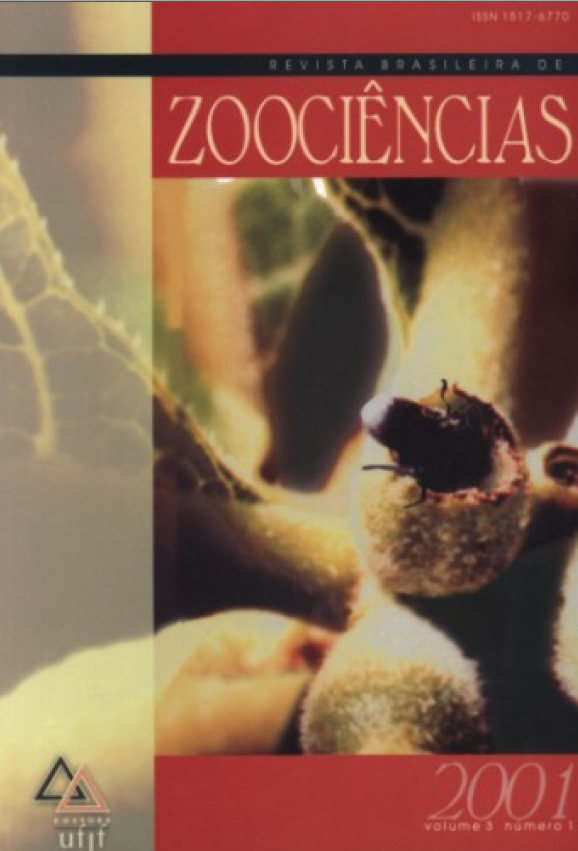Ecologia da comunidade de metazoários parasitos do olho-de-cão Priacanthus arenatus (Cuvier, 1829) (Osteichthyes, Priacanthidae) do litoral do estado do Rio de Janeiro, Brasil
Resumo
Between December 1999 and April 2000, fifty-eight specimens of big-eye Priacanthus arenatus from the coastal zone of Rio de Janeiro (22º55’S, 43º12’W), Brazil, were necropsied to study their infracommunities metazoan parasites. Thirteen species of metazoan parasites were identified and all fish were parasitized by two or more species, with mean (96,4±110). The copepods were themajority of parasite specimens collected, with 74.5%. The Simpson index for all parasite species was 0.127, indicating lack of dominance by any species in the parasite community. Hatschekia quadrabdominalis Yu, 1933 showed the higher frequency of dominance and mean relative dominance. The parasite species in P. arenatus showed the typical overdispersed pattern of distribution. The mean diversity in the infracommunities of P. arenatus was H=0.43±0.14, without correlation with the host’s
total body lenght and without differences betweenmale and female fish. The parasite community of P.arenatus was dominated by species with highprevalence values, but that composed a few numberof associations, thus, is considered as an intermediatetype among interactive ans isolacionist types.
Downloads
Não há dados estatísticos.
Downloads
Publicado
2009-09-09
Edição
Seção
Artigos



